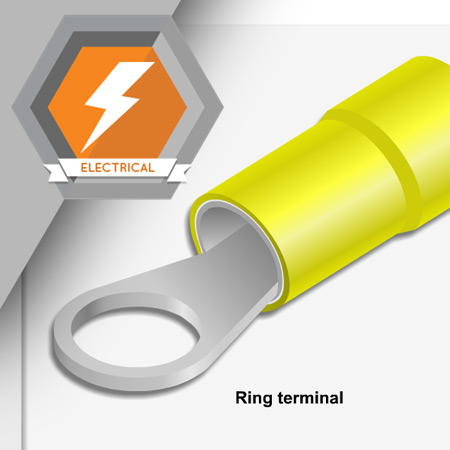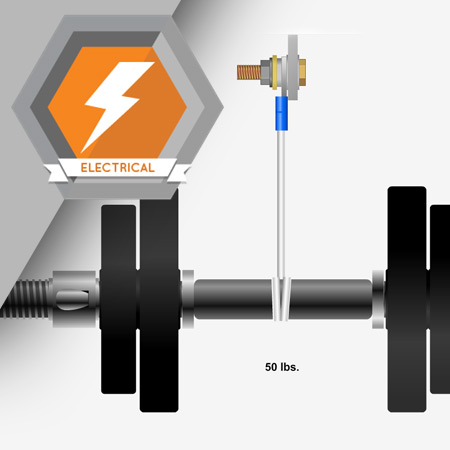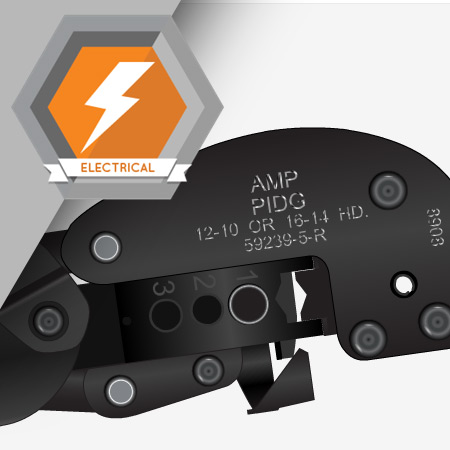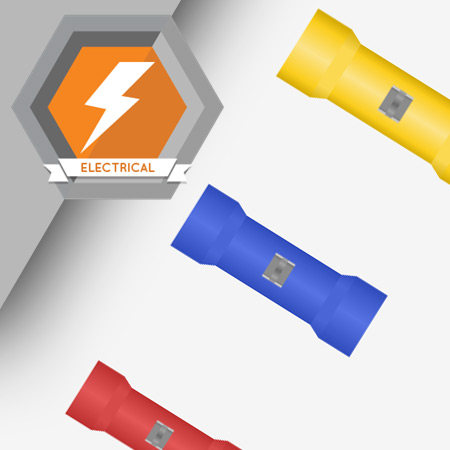
Wires in an airplane may need to be attached to the structure or the equipment, or they may need to be joined together. Special components called terminals are used to attach the wire. Splices are used to join wires.
Learning Objectives
- List the parts of a terminal
- List the parts of a splice
- Understand the difference between butt and parallel splices
- Understand the meaning of restricted entry terminal
- Understand the meaning of multiple conductor terminal
Language: English
Estimated Time (Hrs.): 1
Micro-module: No
Micro-module Series: No

Understanding how to attach a terminal or splice to wires is important for assembly electricians to correctly install wire bundles. It is also important that the assembly electrician selects the correct size terminal or splice for different sizes of wires.
Learning Objectives
- Understand the measurement unit CAU
- Select terminal and splice sizes based on the CAU of wires
- List the parts of a terminal crimping tool
- Understand the importance of the location of a crimp
Language: English
Estimated Time (Hrs.): 1.5
Micro-module: No
Micro-module Series: No

Correctly installing wire bundles requires an understanding of how to attach a terminal or splice to wires.
Learning Objectives
- Select the correct size terminal for the wires
- Determine the correct length to strip wires
- Select the correct crimping tool
- Determine the correct setting for the insulation crimping adjustment pin
Language: English
Estimated Time (Hrs.): 1.3
Micro-module: No
Micro-module Series: No

Knowing how to select a pre-insulated splice, prepare the wires, and crimp the splice onto the wires is critical to a successful electrical installation.
Learning Objectives
- Select the correct size splice for the wires
- Determine the correct length to strip wires
- Select the correct crimping tool
- Determine the correct setting for the insulation crimping adjustment pin
- Calculate the size of additional material needed to build up a wire to meet the minimum CAU of a splice
Language: English
Estimated Time (Hrs.): 1.6
Micro-module: No
Micro-module Series: No
